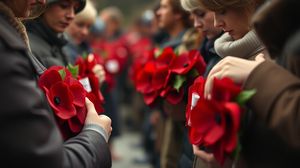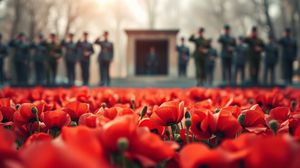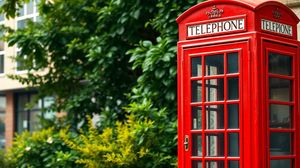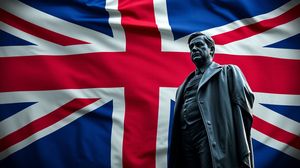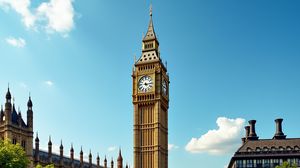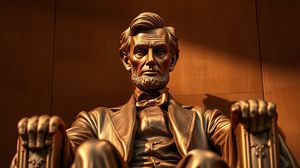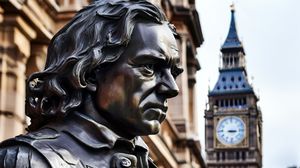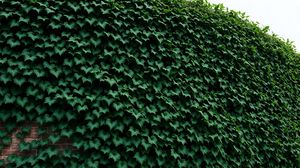
The Memorial to the Women of World War II is a striking tribute located on Whitehall in London. Unveiled by Queen Elizabeth II in 2005, it stands as a solemn reminder of the vital roles women played during the Second World War. The memorial, designed by John W. Mills, is made from bronze and stands approximately 22 feet high, creating a powerful presence amidst the historic and political landmarks of Whitehall.
What makes this memorial particularly unique is its design. The monument features uniforms and working attire commonly worn by women during WWII, symbolically hung on pegs. This choice powerfully represents the multitude of jobs women took on during the war, ranging from firefighters and air raid wardens to nurses and engineers. By displaying the uniforms without the figures, the artist symbolizes the temporary roles women adopted and honors the many faces of female contribution during the war.
The inscription on the side of the monument is simple yet profound: "The Women of World War II." This plain text captures the essence of the memorial, focusing on the collective contributions of millions of women rather than individual events or personas. Through its design, the memorial seeks to convey both gratitude and a deep respect for the sacrifices women made during this pivotal period.
A lesser-known fact about the memorial is that it was funded entirely through public donations, highlighting the strong public support and recognition for the incredible efforts of women during the war. The effort to create this monument was spearheaded by Baroness Betty Boothroyd, the first female Speaker of the UK House of Commons, along with the Memorial to the Women of World War II Trust.
The unveiling of the memorial was a significant event, attended by numerous former servicewomen and notable figures from both military and civilian backgrounds. Its establishment marked the 60th anniversary of the end of the Second World War, and it continues to serve as a poignant place for reflection and remembrance for locals and visitors alike. It's a must-see spot for anyone interested in history and the evolving role of women in society.

Making the Most of Your Visit:
Take a moment to reflect on the details of the memorial. Notice how the uniforms and working attire hang as if waiting to be used—it's a powerful way to imagine the women who wore them and the vital roles they played during the war.
Visit during quieter times, perhaps early morning or late afternoon, to truly appreciate the solemnity and serenity of the memorial. The reduced foot traffic allows for a more personal and contemplative experience.
Look across the street to get a full view of the monument in contrast to its historic surroundings. You'll be able to appreciate its scale and how it fits into the Whitehall landscape, amidst other significant landmarks.
Reflect on the simplicity of the inscription. The straightforward text, "The Women of World War II," emphasizes the collective contribution of women, allowing you to contemplate the countless stories of resilience and bravery without getting lost in individual accolades.
Imagine the stories behind each piece of clothing. Whether it's a uniform from the Women's Auxiliary Air Force or an apron from a factory worker, envision the many roles and responsibilities these women took on and how they shaped the war effort and our world today.

Visiting Times & Costs:
The Memorial to the Women of World War II, located in Whitehall, London, is open to the public year-round as it is situated outdoors in a public space. There are no entrance fees or costs associated with visiting the monument, as it is freely accessible at all times.
As the memorial is directly on a public street, it is generally accessible. However, visitors should be aware that Whitehall is a busy road with significant vehicular and pedestrian traffic. Therefore, exercising caution when approaching the memorial and while crossing streets is advised. For those with mobility issues, the pavement areas around the memorial are generally level, though it is advisable to check for any temporary obstructions or construction that might affect accessibility.

Address & Map:

Nearby:
